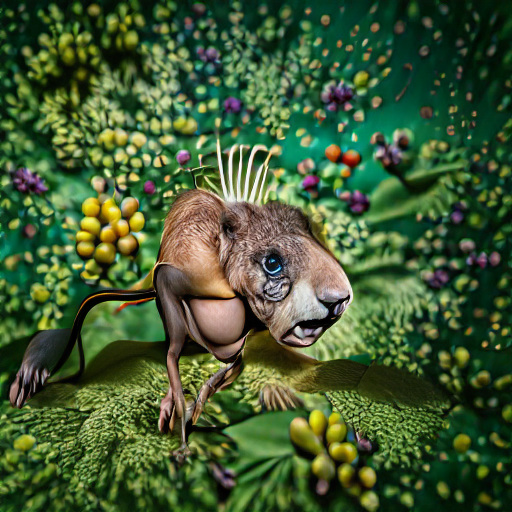

Vifborts are a species of large, seemingly-immortal worms that live deep underground. Their skin is extremely sensitive and can feel vibrations from miles away. They are endlessly hunted by other worms for food and dominance, but have no effective predators, as their skin is resistant to fire, acid, blunt force, and punctures.
Explore an endless universe of ficticious life on NovelGens.





